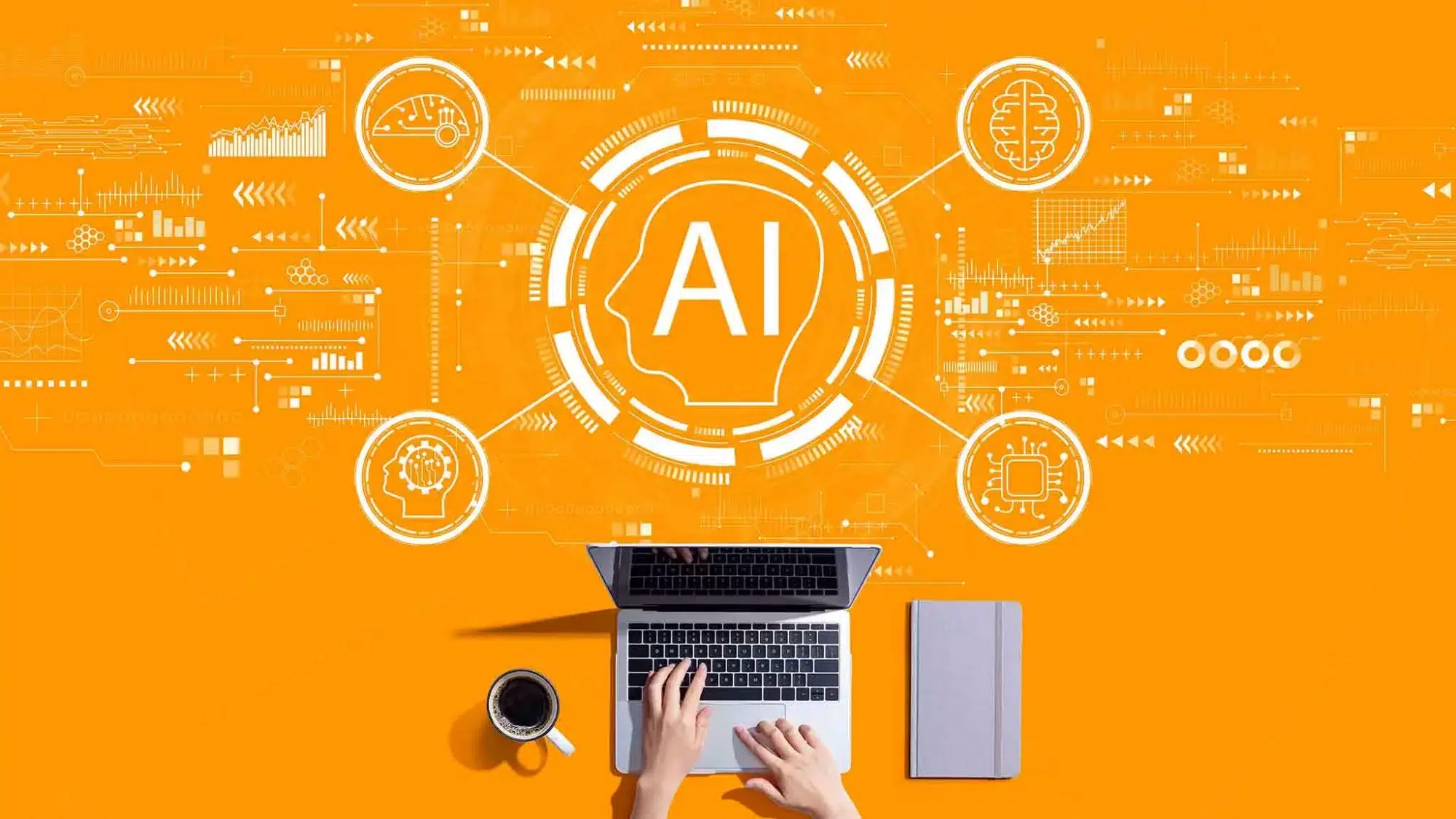
AI-Driven QA: How Machine Learning Is Transforming Software Testing
Last spring, I sat in a war room with our lead developer, Maya. We had just shipped a new checkout page for a retail client. At 2 a.m., the phones rang; 300 users could not click the green “Pay Now” button because a designer had moved it two pixels left. Our classic test suite never noticed the shift. We lost sales and sleep. That night, we promised ourselves we would never rely only on brittle selectors again. This is the hard limit of traditional test automation. It is rigid, brittle, and incapable of thought. What if your tests could learn, adapt, and fix themselves? That is the promise of AI-driven QA, a shift from plain automation to intelligent testing.
Traditional automated tests use fixed rules, find an element by ID, click it, and check the result. When the user interface drifts even slightly, the test fails even though the feature still works. The failures are called flaky tests. They waste time and hide real bugs. Edge cases, rare user paths, and visual changes slip through because the scripts do not learn; they only repeat.
AI software testing adds brain power to the script. It watches past bugs, learns what a broken script looks like, and heals its own broken locators. The tests become predictive, adaptive, and self-healing. Instead of crying wolf every time a colour changes, the test asks, “Does the user still see the button in the right place?” If the answer is yes, the test passes, and life moves on.
Core AI QA Techniques
So how does this work in practice? How does a machine learn to test? It moves beyond simple scripts and uses methods that mimic how people see patterns and predict risk.
One strong use is machine learning in QA for defect prediction
Think of your version control system as a history book. Every change, every bug, every commit tells a story. An ML model reads that story. It studies past data to spot patterns. It might learn that when a developer modifies the payment module and also touches a database configuration file, there is a high chance of a checkout defect. It flags that the change set is for focused testing before it reaches QA. This shift testing from a reactive to a proactive position.
Visual validation is another area
A task that is incredibly slow and error-prone for people and hard for basic scripts. This is where Visual AI helps. A tool like Applitools Visual AI does not just read the code behind a button. It sees the button like a user. Its visual engine can check a full UI in milliseconds. So, if a CSS class changes from “btn-primary” to “btn-main,” and the button still looks the same to the user, the test passes. It fails only if the button disappears, changes colour, or moves in a way that matters. This resilience to UI drift is a game-changer for front-end checks. It eliminates thousands of false positive test failures, ensuring results accurately reflect real user impact. This is Testim.io is a powerful platform that leverages AI-driven QA working alongside your existing automated software testing tools. A public case in this space is the Medallia story. See how Medallia increased automated UI coverage and reduced manual review time with Visual AI → Medallia × Applitools
Natural Language Processing lowers another barrier
Analysts and product owners write requirements in plain English, such as “As a user, I should filter results by price and rating.” In the past, a QA engineer had to translate this into code. Now, NLP can turn that sentence into a draft test case with clear steps. It does not replace the QA engineer. It boosts them. They spend less time on translation and more time on strong scenarios and edge cases.
Technical Workflow Integration
For AI in DevOps to work, it cannot live in a separate silo. It must sit inside your CI/CD pipeline. This is where theory turns into daily value.
Let’s say, for example, the goal is to shift testing far left, so that it’s virtually invisible. When a developer pushes to GitHub, an action can start an intelligent suite. But instead of running every test for hours, AI algorithms perform test impact analysis. They analyze the code changes and intelligently select only 10% of tests that are most relevant to what was modified. This slashes feedback time from hours to minutes, telling the developer in near-real time if their change broke something.
Additionally, when you run the same intelligent checks as a Jenkins stage. A self-healing trigger during UI runs can auto-update locators/selectors, ensuring the build stays green without manual fixes. This is also where self-healing test scripts make a big difference. In a traditional setup, a failed build due to a changed locator, like a missing “btn-primary” class, means a developer gets ping, context-switches, and investigation, only to find it’s a false alarm. It’s a massive waste of time and momentum.
With self-healing AI, the test automation framework itself can recognize the failure. It will then dynamically search the DOM for a new, valid locator for that “Submit” button, perhaps now finding it by its ID or even its visual properties. It updates its own script and retries the test. If it passes, the build continues, and the developer is never interrupted. The script fixes itself overnight, and the team only wakes up to genuine, critical bugs.
Real-world case, self-healing in practice: See how Passportal trained self-healing tests with mabl to handle frequent UI changes in a dynamic site → Passportal × mabl .
Recommended Tools for AI-Drive QA Services
You do not need to build all of this from scratch. A mature set of tools makes intelligent testing accessible now. If you want to handle visual testing first, Testim.io is a powerful platform that leverages machine learning to make test authoring and maintenance vastly more efficient.
If your team has deep data skills and a unique data set, open-source frameworks like TensorFlow or PyTorch can power custom AI-driven QA models. These models can predict failure hotspots using your history and context.Teams also use Mabl for auto-healing journeys and keep Selenium while adding AI plugins like Healenium to stabilize selectors without rewriting existing tests.
Metrics for Success
How do you measure the impact of this transformation? It’s not about lines of code written, but about business outcomes delivered.
- The first metric is the defect detection rate. Are you finding more bugs before production, especially serious ones? A solid AI software testing rollout should raise this number.
- Next, track flaky failures. How much time are you saving by avoiding false alarms? Fewer flakes mean higher productivity and better morale.
- Finally, measure regression cycle time. How long does it take to get a confident “all clear” before a release? With smart selection and parallel runs, teams often cut this time by over 50%. That helps release speed and time to market.
Challenges
This approach has hurdles. Data quality is the biggest one. Machine learning in QA needs clean history. Your models are only as good as your bug and code data. If tickets are messy or incomplete, accurate prediction is hard.
You also need a plan for model drift. The app you ship today will be different in six months. As the product changes, models trained on old behavior lose accuracy. Set a retraining schedule. Update models with fresh data. Keep them current so they stay useful. Treat AI-driven QA as an ongoing program, not a one-time project.
The move to intelligent testing is here. The tools are ready. The return is clear. You get higher quality, faster releases, and less time spent on maintenance. It is time to stop only running tests and start building a quality system that learns and grows with your application.
If your current software development testing & automation setup feels brittle, our team can integrate these methods into your pipeline. Explore our Quality Assurance Services and also review our Automation Testing Services to see how we can help you build smarter, not harder.






































